Hand dryers in public toilets
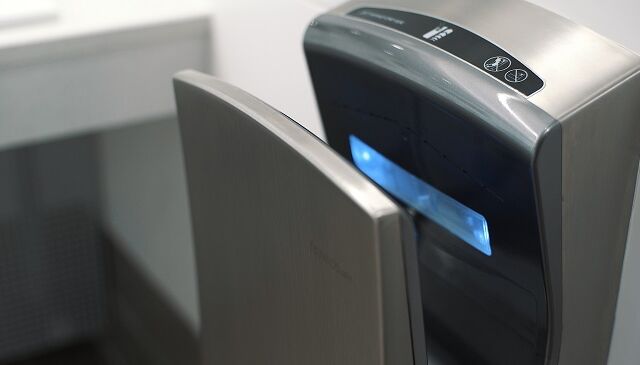
A hand dryer is a popular small electric device worldwide, usually installed in public restrooms and activated either automatically by a sensor or manually by pressing a special button.
Hand dryers, although they may seem like a relatively new invention, have actually been around for almost a hundred years. The first device of this kind, initially used only in restrooms, hair salons, and factories, was patented in 1921. It was popularized several decades later (in 1948) by George Clemens, and today hand dryers are used worldwide: in schools, cinemas, shopping centers, and offices.
However, despite almost a hundred years of tradition, these devices still lose out in preference rankings to traditional paper towels. According to a 2008 survey, 63% of Europeans prefer traditional towels, while only 28% prefer to use hand dryers. Yet this device – often advertised as environmentally friendly – has many other advantages.
Here are five reasons why purchasing a hand dryer is a solution worth considering:
1. It’s cheaper
According to manufacturers, purchasing a hand dryer can reduce expenses by up to 99% compared to the cost of using paper towels. This difference can of course vary depending on the price of towels and electricity, but it is clear that even for a small company, systematically buying paper towels over the course of a year is a much larger expense than the electricity costs of a single small device.
2. It’s less demanding
By purchasing a hand dryer, you no longer need to worry about regularly stocking up on paper towels, which tend to disappear quickly. You also don’t need to replace them in dispensers in the restroom or kitchen. Using towels also involves purchasing appropriate containers for paper towels and trash bins, as well as tasks like emptying trash bins where the towels end up after use. The entire room also needs to be cleaned more frequently.
3. It saves paper
Every ton of paper produced requires about two to four tons of wood to manufacture. Additionally, it’s worth noting that although disposable towels are made from recycled paper, they cannot be reused after use – they remain waste.
4. It’s environmentally friendly
The production of disposable towels consumes not only paper but also large amounts of oil, water, and electricity. The production process also results in significant carbon dioxide emissions. It’s important to note that the process doesn’t end with the production of the towels. They still need to be packaged, transported, and then disposed of. All these actions require energy and contribute to CO2 emissions. Towels naturally wear out and then production starts all over again.
Of course, manufacturing a hand dryer also involves waste and greenhouse gas emissions, but the result is a device that will serve us much longer – at least several years. This was clearly shown by a study conducted in Kansas – after installing 102 hand dryers in public schools, it was found that over 34 tons of waste were reduced annually. It was also calculated that 587 trees were saved this way.
5. It’s hygienic
Although hand dryers have long been criticized for being less hygienic compared to paper towels and for transferring microorganisms to the user’s hands during drying, they can now effectively counter these claims. While it is true that a dryer draws in air from the restroom, which may contain bacteria, newer devices have addressed this problem – hot air inside the mechanism kills the vast majority of microorganisms.
There are also hand dryers on the market that do not have heaters and dry hands with air at room temperature. They are usually equipped with a HEPA filter, which cleans the drawn-in air of 99.97% of impurities, including various microorganisms (bacteria, fungi, protozoa, viruses).
Types of Electric Hand Dryers
Among the many types of hand dryers, five models are most commonly sought for public restrooms. They differ in technical parameters, the material of the housing, and drying speed.
Hand Dryers with Plastic Housing
The classic hand dryer with a reinforced ABS plastic housing usually comes in white, but you can also find dryers in satin gray or black. These devices are automatically activated and are most commonly found in public restrooms.

Hand Dryers with Metal Housing
The classic automatic hand dryer with a brushed stainless steel housing. There are also models made of polished stainless steel, powder-coated carbon steel, and aluminum. Both plastic and metal models have a wide range of rated power and different hand drying times.

Hand Dryers with Button
Hand dryers equipped with a button with a timer are usually made of stainless steel or carbon steel. Their characteristic feature is a movable air outlet nozzle. Usually, the power of the device exceeds 2000 W.

Energy-Efficient Hand Dryers
The hallmark of this type of dryer is a compact housing and low rated power with high hand drying efficiency. Air is blown at high speed through a narrow slit, allowing for short and effective hand drying times.

Jet Hand Dryers
Also known as blade hand dryers. They are larger than classic hand drying devices and have an elongated shape. Their characteristic feature is drying hands by placing them in an opening resembling a pocket. These dryers use modern digital motors. They are fast, effective, and energy-efficient.

Summary
Hand dryers have undergone significant evolution in recent years. While older models of this device consumed more energy and took up to several tens of seconds to dry, today we increasingly encounter units that can dry hands in less than ten seconds. Additionally, using hand dryers is much more environmentally friendly and, equally important, much cheaper. It’s no wonder that many companies and establishments opt for this solution. It’s worth considering purchasing a hand dryer – even if it initially may slightly strain our budget, the investment will certainly pay off quickly.
All rights reserved. No part of this publication (text, graphics, images, photos, files, and other data), presented in the OLE.PL online store, may be reproduced or disseminated in any form or by any means without prior permission. All trademarks, graphic marks, proper names, and other data are protected by copyright and belong to their owners.




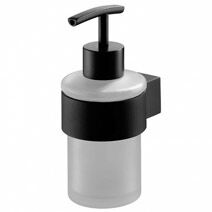




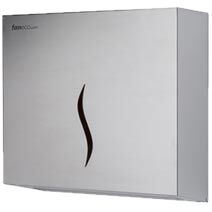











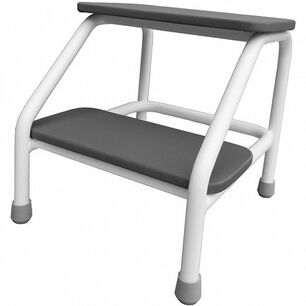

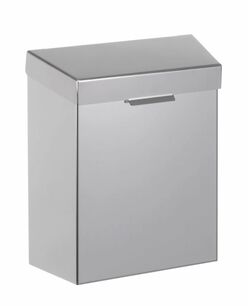
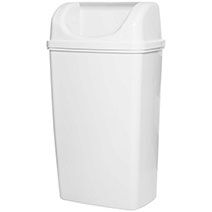







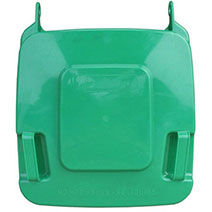

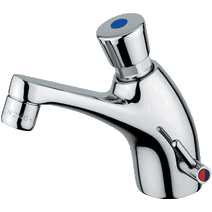


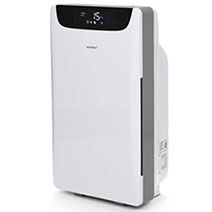
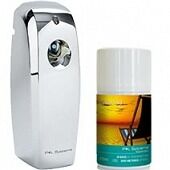









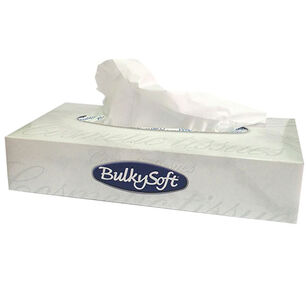







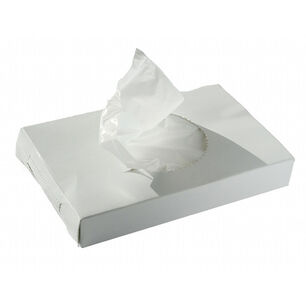







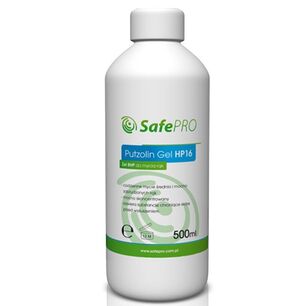




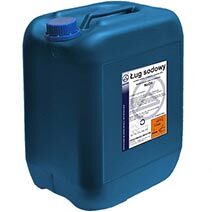



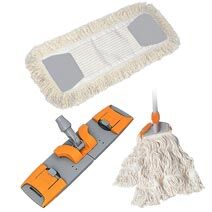



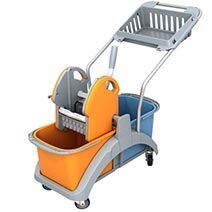
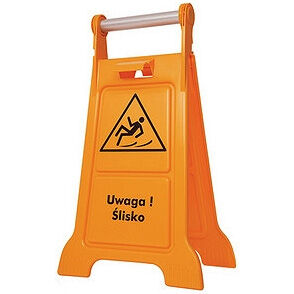


 Polski
Polski
 Czech
Czech
 German
German
 Spanish
Spanish
 Slovak
Slovak